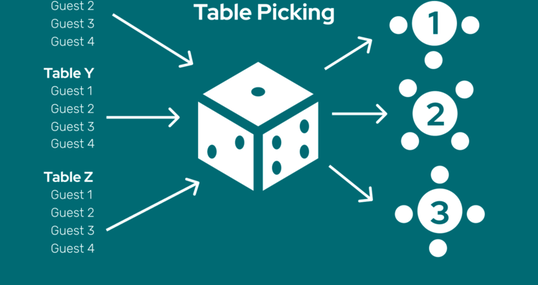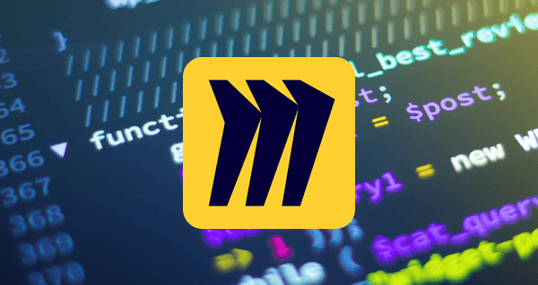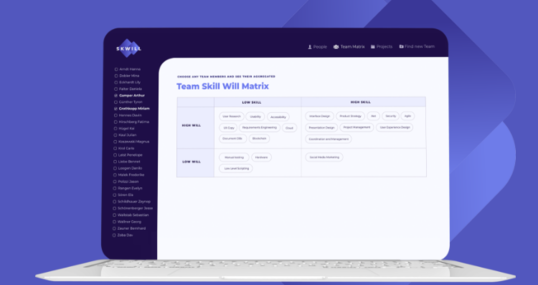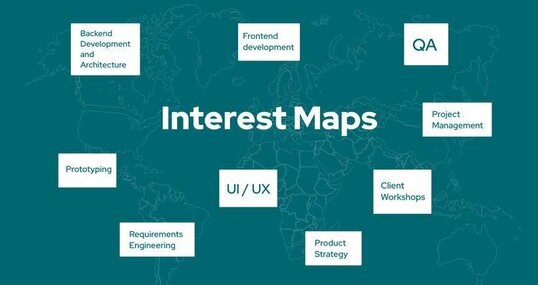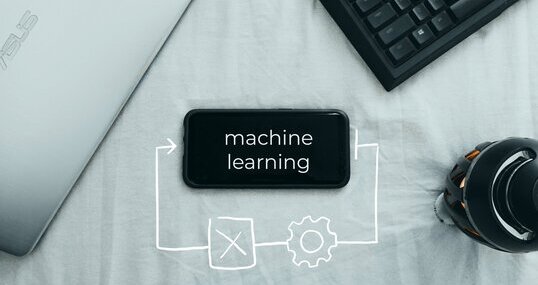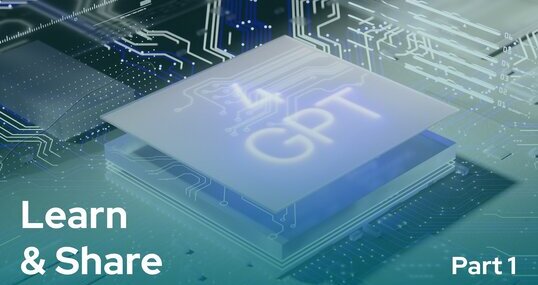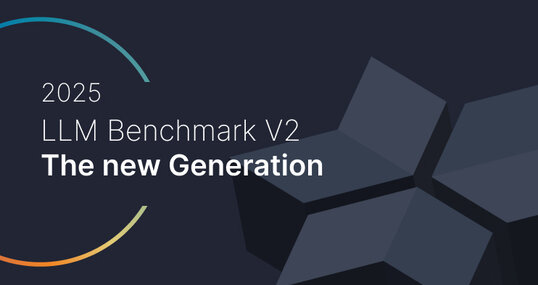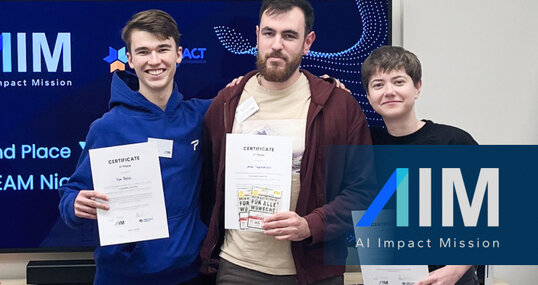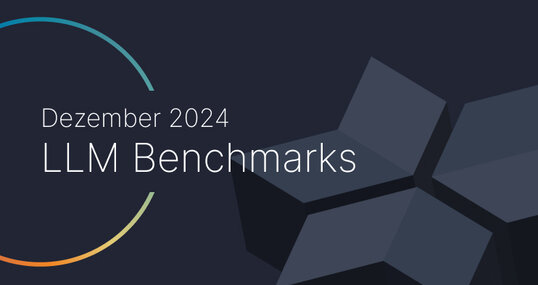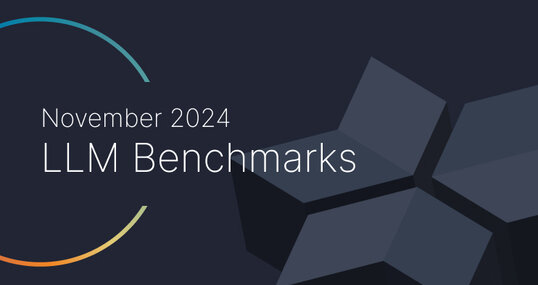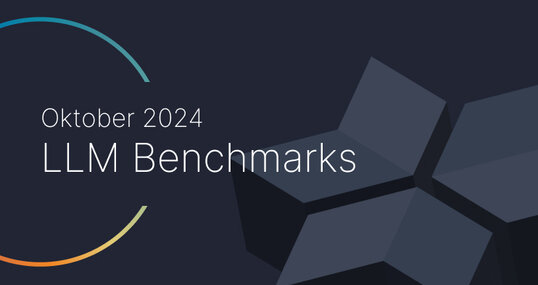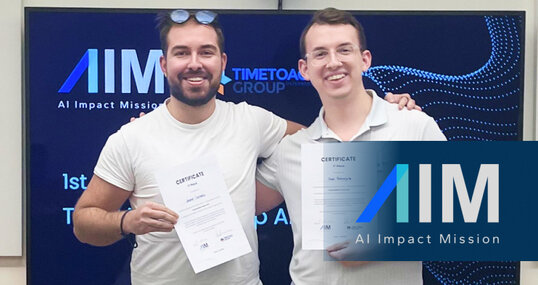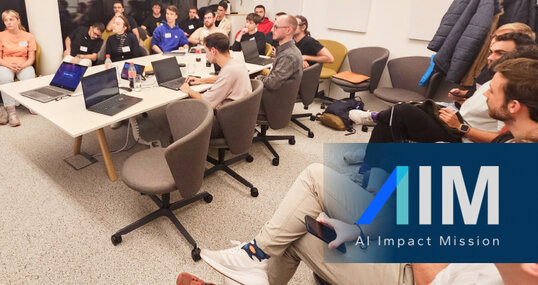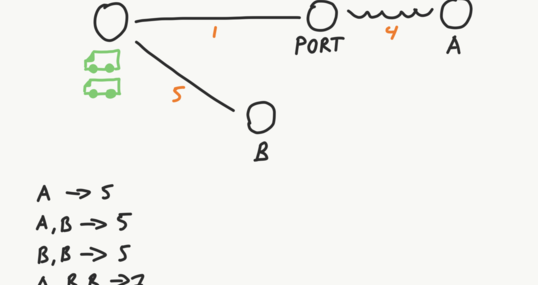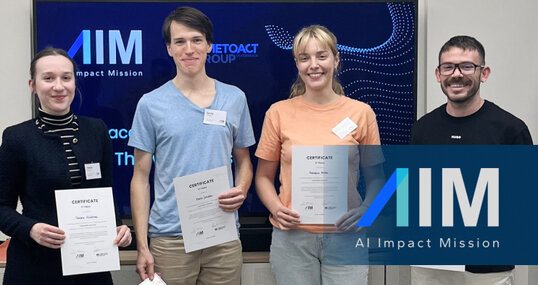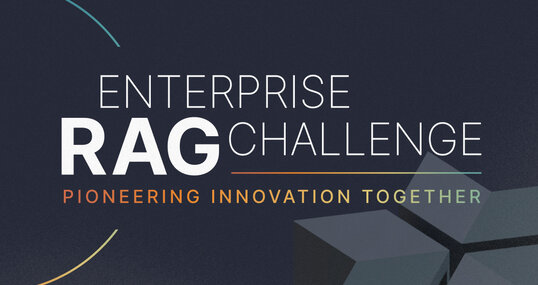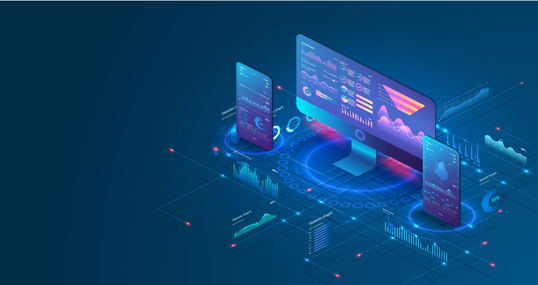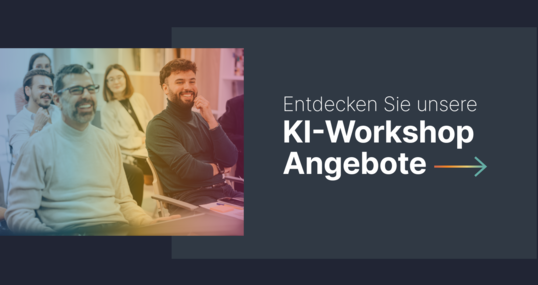In an increasingly complex logistics industry, staying competitive and efficient is vital for businesses to thrive. With competitors investing in cutting-edge research and development, it is vital for companies to stay ahead of the curve and embrace the latest technologies.Enter the Trustbit Logistics Simulator Framework, a groundbreaking tool that creates a digital twin of your logistics operations, providing businesses with the power to model different scenarios, test new strategies, and evaluate risks in a highly realistic virtual environment. In this blog, we will explore the key features and benefits of this innovative simulator and how it can revolutionize supply chain management, trucking, and delivery processes for logistics companies.
A Comprehensive Pluggable Logistics Model
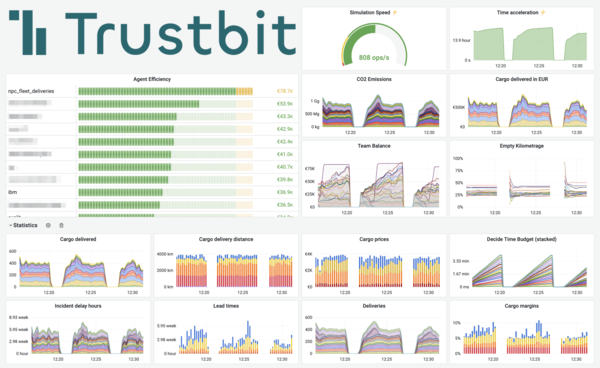
At the heart of the Trustbit Logistics Simulator Framework lies a comprehensive pluggable logistics model of Europe. This model encompasses various crucial elements, including a detailed map of Europe with major roads and independent speed profiles. Industrial centers within the simulation host inter-dependent businesses producing and consuming goods, fostering an ecosystem that mimics real-world logistics operations. Furthermore, the simulation incorporates an open market for cargo delivery, where prices are driven by supply and demand dynamics, mirroring the complexities of the actual logistics industry.
Realistic Trucking Operations
The Trustbit Logistics Simulator Framework also includes agent-driven truck fleets. Making it possible to simulate individual trucks and cargo payloads while scaling up to cover entire countries and logistics companies. This level of granularity enables businesses to gain a deep understanding of their operations, identify potential bottlenecks, and optimize resource allocation. The simulator further allows you to model driver fatigue, incidents, resting times, and traffic congestion, adding realism to the virtual environment.
Embracing Electric Mobility
One of the exciting features of the Trustbit Logistics Simulator Framework is the inclusion of EV (electric vehicle) trucks and recharging and refusing stations located within road segments, as well as intra-day energy price fluctuations. This allows businesses to test the feasibility of using electric trucks in their operation and evaluate the cost-effectiveness of recharging stations. With the simulator's detailed GPS traces and probabilistic distributions driven by Monte-Carlo analysis, you can generate high-quality synthetic data for your business, allowing you to make informed decisions based on precise and practical information.
Discrete-Event Simulation for Rapid Insight
The simulator utilizes a discrete-event simulation approach, enabling businesses to run the virtual world at an accelerated pace. This means that days of virtual time can be simulated within seconds of real time, offering rapid insights into various scenarios and strategies. Such accelerated simulations empower businesses to experiment with multiple situations and assess the impact of different decisions on their logistics operations swiftly.
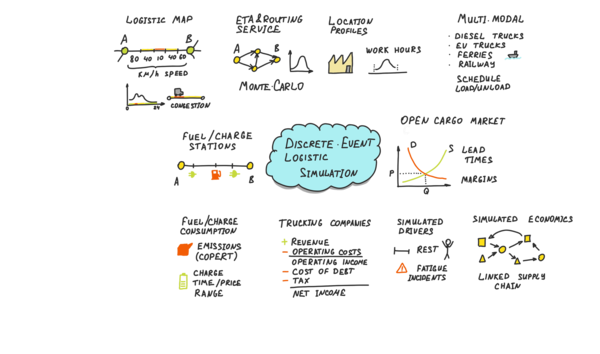
Pluggable and Versatile Framework
The Trustbit Logistics Simulator Framework is designed to be pluggable and versatile, catering to a range of scenarios and use cases. Whether a logistics company wants to create a synthetic digital twin of its operations, run hackathons to innovate, or establish a reinforcement learning loop to train agents, the framework can adapt to fulfill these objectives. This adaptability makes it a valuable tool for logistics companies seeking practical and precise environments for testing and strategizing.
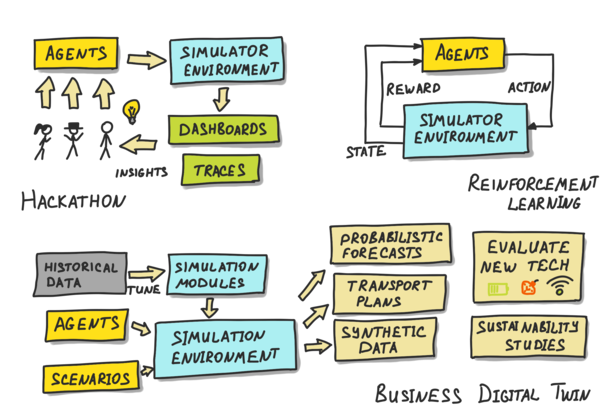
Conclusion
In a rapidly evolving logistics industry, the Trustbit Logistics Simulator Framework stands as a game-changer for businesses seeking a competitive advantage. By providing a sophisticated digital twin of logistics operations, this revolutionary simulator empowers logistics companies to analyze their processes comprehensively, identify potential improvements for their workflow, and make informed decisions based on practical information. Whether it's testing new strategies, evaluating the feasibility of electric vehicles, or generating synthetic data. The Trustbit Logistics Simulator Framework is a crucial asset for logistics companies aiming to stay ahead of the curve in today's dynamic market.



